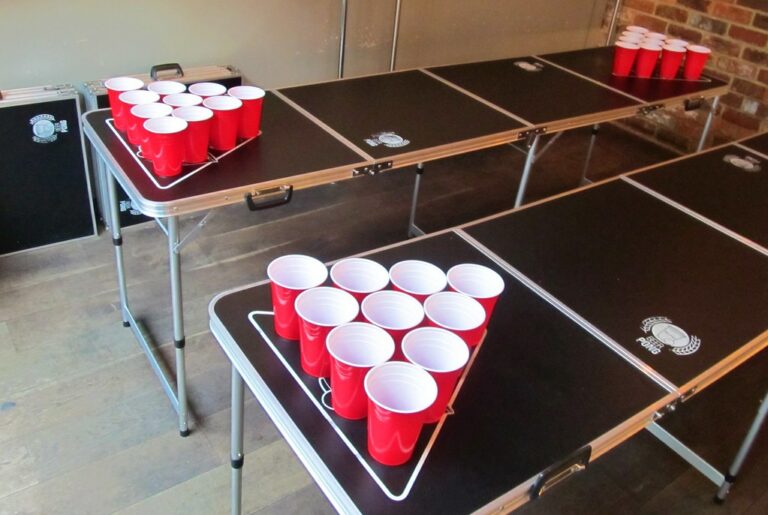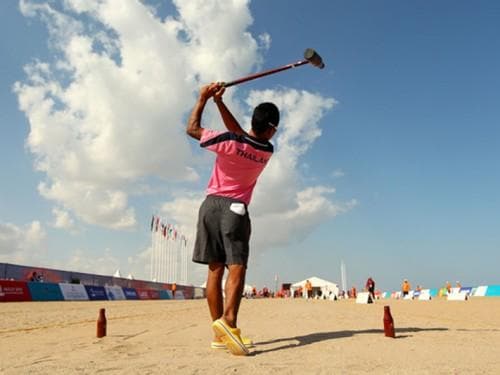General Rules of Swamp Football
So, you think you know football? Well, get ready to sink into a whole new level of the game with swamp football. As you step onto the muddy field, the unique challenges and strategies of this sport will test your skills in ways you never imagined. From navigating the treacherous terrain to mastering the art of scoring amidst the muck, swamp football is a true test of adaptability and teamwork. Stay tuned to uncover the essential rules that govern this intriguing sport, and you might just find yourself eager to give it a try.
Field Conditions and Equipment Requirements
Wondering what makes swamp football unique? Let's dive into the field conditions and equipment requirements that set this sport apart from traditional football. In swamp football, the field conditions play a crucial role in shaping the game. Unlike regular football played on well-manicured grass or turf, swamp football is played in muddy, waterlogged fields. The terrain is uneven, slippery, and filled with unexpected obstacles, adding an element of challenge and excitement to the game.
Weather challenges also add to the complexity of swamp football. Players have to deal with rain, wind, and sometimes extreme cold or heat, depending on the location of the game. The unpredictable weather conditions not only affect the players' performance but also make the game more thrilling and unpredictable for spectators.
When it comes to equipment requirements, players need to adapt to the swampy environment. Specialized cleats with longer spikes are essential to provide traction on the muddy surface. Additionally, players often wear knee pads and gloves to protect themselves from abrasions and bruises while diving and sliding on the slippery field.
Player Regulations and Team Composition
The player regulations and team composition in swamp football are crucial aspects that shape the dynamics of the game. When it comes to player eligibility, it's essential to have a deep understanding of the rules. Each team typically consists of 6 players on the field, including the goalkeeper. However, teams can have up to 4 substitutes waiting on the sidelines for their chance to jump into the muddy action. Understanding player eligibility ensures fair play and an exciting match for all involved.
Team formations play a significant role in swamp football. The strategies teams employ can vary greatly depending on the conditions of the swamp. Common formations include the classic 2-3-1 formation, where two defenders guard the goal, three midfielders control the muddy midfield, and one striker aims to score goals. However, teams can get creative with their formations, adapting to the ever-changing swamp terrain.
Whether you prefer a more defensive approach or an all-out offensive strategy, team formations are the backbone of a successful swamp football team. By understanding player eligibility and experimenting with different team formations, you can find the winning combination that works best for your squad in the challenging swamp environment.
Offense Strategies and Goal-Scoring Techniques
To enhance your team's performance and increase your chances of scoring in swamp football, mastering effective offense strategies and goal-scoring techniques is essential. When navigating the challenging terrain of the swamp, relying on traditional tactics may not be enough. Here are some key strategies and techniques to boost your offensive game:
- Passing Strategies: In swamp football, quick and accurate passes are crucial. Due to the unpredictable nature of the terrain, long passes may not always be the best option. Focus on short, precise passes to maintain control of the ball and outmaneuver the opposition. Utilize non-verbal communication with your teammates to coordinate movements effectively amidst the swampy conditions.
- Shooting Techniques: When it comes to shooting in swamp football, adaptability is key. Traditional shooting techniques may need to be modified to suit the unstable ground. Opt for low, driven shots to ensure better accuracy and control. Additionally, be prepared to adjust your shooting angle and power based on the condition of the pitch. Practice shooting from various distances to hone your skills and increase your goal-scoring opportunities.
- Creating Space: In the tight spaces of the swamp, creating room to operate is vital. Use quick turns, feints, and sudden changes in direction to evade defenders and find open spaces. Effective dribbling can also help draw opponents towards you, creating gaps that can be exploited by your teammates.
- Team Coordination: A cohesive team is a formidable force in swamp football. Work on building strong communication and understanding among teammates. Anticipate each other's movements and provide timely support to maintain possession and create scoring chances. Remember, in the swamp, teamwork can make all the difference between victory and defeat.
Defense Tactics and Physical Contact Rules
When defending in swamp football, employing strategic tactics and understanding the physical contact rules are crucial for maintaining a solid defensive line and protecting your goal. To effectively block opponents, focus on positioning yourself between the attacker and the goal, using your body to create a barrier. However, always remember to do so within the boundaries of sportsmanship, avoiding unnecessary roughness or aggressive behavior.
In terms of tackling rules and injury prevention, it's important to execute tackles safely and responsibly. When making a tackle, aim to go for the ball rather than the player's body. Keep your tackles low to the ground to reduce the risk of injury to both yourself and the opponent. Additionally, always be mindful of the conditions of the swamp, as slippery terrain can increase the chances of accidents during tackles.
Maintaining a balance between assertiveness and caution is key when defending in swamp football. By mastering blocking techniques with a focus on sportsmanship and adhering to safe tackling rules for injury prevention, you can effectively protect your goal while respecting the integrity of the game. Remember, a strong defense not only stops the opponent from scoring but also sets the tone for your team's performance on the field.
Refereeing and Fair Play Standards
In swamp football, ensuring fair play standards and respecting the decisions of the referee are fundamental aspects that contribute to the integrity of the game. When it comes to refereeing and fair play standards, there are key points to consider to ensure a smooth and just gameplay experience:
- Referee Training: Referees in swamp football undergo rigorous training to understand the unique challenges of officiating a game played in such conditions. They are well-versed in the rules of the game and are equipped to make quick and fair decisions, ensuring that the game flows smoothly.
- Sportsmanship Standards: Players are expected to uphold high sportsmanship standards during swamp football matches. This includes respecting the decisions made by the referee, regardless of personal feelings, and treating opponents with fairness and respect. Good sportsmanship enhances the overall experience for everyone involved.
- Fair Play Enforcement: Referees play a crucial role in enforcing fair play standards on the field. They ensure that players adhere to the rules of the game, penalizing any infractions to maintain a level playing field for all teams. This helps in fostering a competitive yet fair environment where skill and strategy prevail.
- Continuous Improvement: Both referees and players engage in continuous improvement efforts to enhance the overall quality of the game. Referees undergo regular training to stay updated on rule changes and officiating best practices, while players strive to improve their skills and sportsmanship to elevate the level of play in swamp football.
Frequently Asked Questions
Are There Any Specific Rules Regarding the Use of Jerseys or Uniforms in Swamp Football?
When it comes to swamp football, uniform regulations and equipment guidelines may vary. It's essential to check with the specific league or event organizers for any requirements regarding jerseys or uniforms before hitting the muddy field.
Can Players Wear Cleats or Spikes in Swamp Football, or Are There Specific Footwear Requirements?
In swamp football, players can wear cleats or spikes for better traction, but there are no specific footwear requirements. Safety is key, so choose appropriate footwear to prevent slips and ensure a fun game.
Are There Any Restrictions on the Size or Weight of the Ball Used in Swamp Football?
When it comes to the ball used in swamp football, there are no restrictions on size, allowing for various play styles. However, weight limitations ensure fair gameplay, with the ball typically weighing between 14-16 ounces.
Is There a Specific Time Limit for Each Game in Swamp Football, or Does It Vary Based on the Event?
In swamp football, the game clock restrictions can vary depending on the event. Overtime rules may apply if the game ends in a tie. The duration of each game and any additional time are typically determined by the organizers.
Are There Any Penalties for Players Who Intentionally Dive or Fake Injuries in Swamp Football?
When players dive or fake injuries in swamp football, it impacts fair play expectations. Referees penalize such actions with warnings or even ejections. Respect for the game and opponents is crucial for an enjoyable experience.






